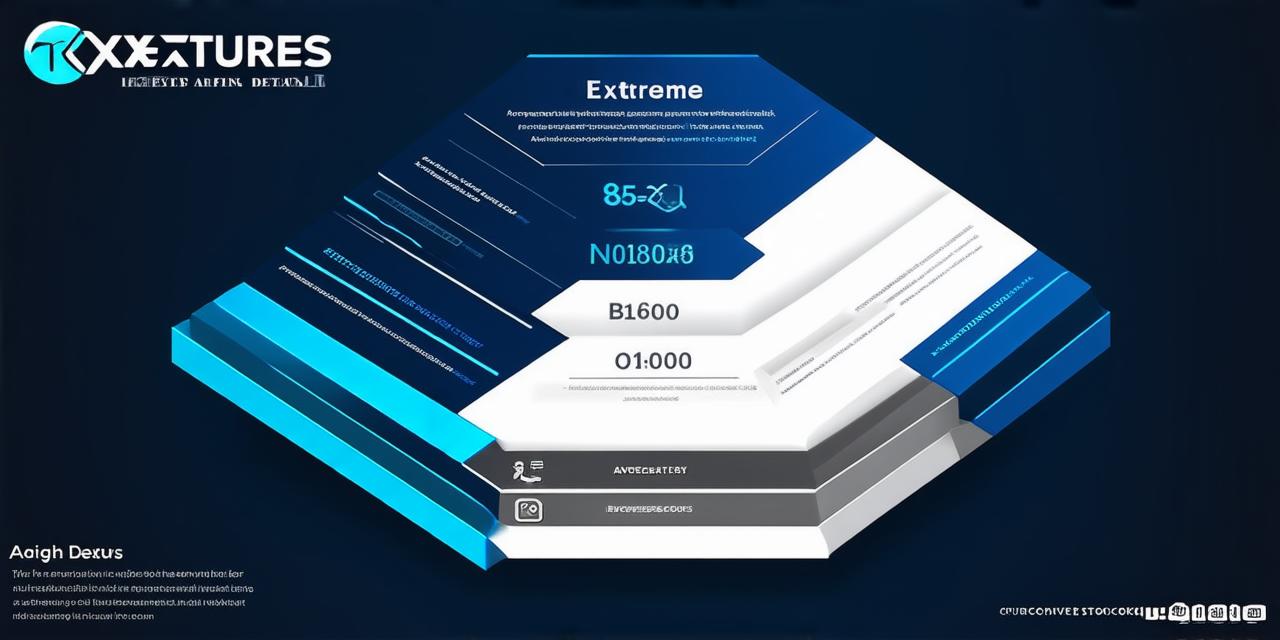Blockchain technology is a rapidly growing field that holds immense potential for investment opportunities. However, understanding the different layers of blockchain technology can be complex and overwhelming for beginners. In this article, we will explore the various layers of blockchain technology and discuss which level is best for investment.
What are the Layers of Blockchain Technology?
Blockchain technology consists of multiple layers that work together to create a secure and transparent system. These layers include:
-
Presentation Layer: The presentation layer is the top-most layer in the blockchain system. It is responsible for user interfaces, data representation, and visualization. This layer provides users with an intuitive interface for interacting with the blockchain network.
-
Application Layer: The application layer sits on top of the presentation layer and enables developers to create custom applications that can run on the blockchain network. Applications such as smart contracts and decentralized applications (dApps) are built on this layer.
-
Data Storage Layer: The data storage layer stores all the data generated by the blockchain network. This layer includes databases, file systems, and other data storage mechanisms that store and manage data in a secure and efficient manner.
-
Consensus Layer: The consensus layer is responsible for maintaining the integrity and security of the blockchain network. It includes protocols and algorithms that ensure all nodes in the network agree on the state of the ledger and prevent fraudulent transactions.
-
Network Layer: The network layer provides a communication channel between different nodes in the blockchain network. It includes routing, addressing, and other networking mechanisms that enable data to be transmitted between nodes.
-
Physical Layer: The physical layer represents the underlying hardware infrastructure that supports the blockchain network. This includes servers, storage devices, and other hardware components that are needed to run the network.
Which Level is Best for Investment?
Each layer of blockchain technology has its own unique characteristics and potential investment opportunities. However, some layers are more promising than others when it comes to investment. Here are some factors to consider:
-
Market demand: The market demand for a particular layer of blockchain technology can influence its potential for investment. For example, the application layer is currently experiencing significant growth due to the increasing popularity of dApps and smart contracts.
-
Competition: The level of competition in a particular layer of blockchain technology can also impact its potential for investment. If there are many players competing in a particular layer, it may be more challenging for new investors to make a profit.
-
Ecosystem: The size and strength of the ecosystem surrounding a particular layer of blockchain technology can also influence its potential for investment. A strong ecosystem with a large user base and a variety of applications can increase the potential for investment.
-
Regulation: The level of regulation in a particular layer of blockchain technology can impact its potential for investment. Some layers, such as the physical layer, may be subject to more stringent regulations due to their involvement in traditional financial systems.
Based on these factors, here are some potential investment opportunities for each layer of blockchain technology:
-
Presentation Layer: While the presentation layer does not have direct investment opportunities, it is still important for investors to understand its role in the blockchain ecosystem. Investors can invest in companies that provide user-friendly interfaces and tools for interacting with the blockchain network.
-
Application Layer: The application layer has significant potential for investment due to the increasing popularity of dApps and smart contracts. Investors can invest in startups that are developing new applications on the blockchain or providing services that enable developers to build applications more easily.
-
Data Storage Layer: While the data storage layer does not have direct investment opportunities, it is important for investors to understand its role in the blockchain ecosystem. Investors can invest in companies that provide secure and efficient data storage solutions for the blockchain network.
-
Consensus Layer: The consensus layer has significant potential for investment due to its critical role in maintaining the integrity of the blockchain network. Investors can invest in startups that are developing new consensus algorithms or providing services that enable nodes in the network to agree on the state of the ledger more efficiently.

